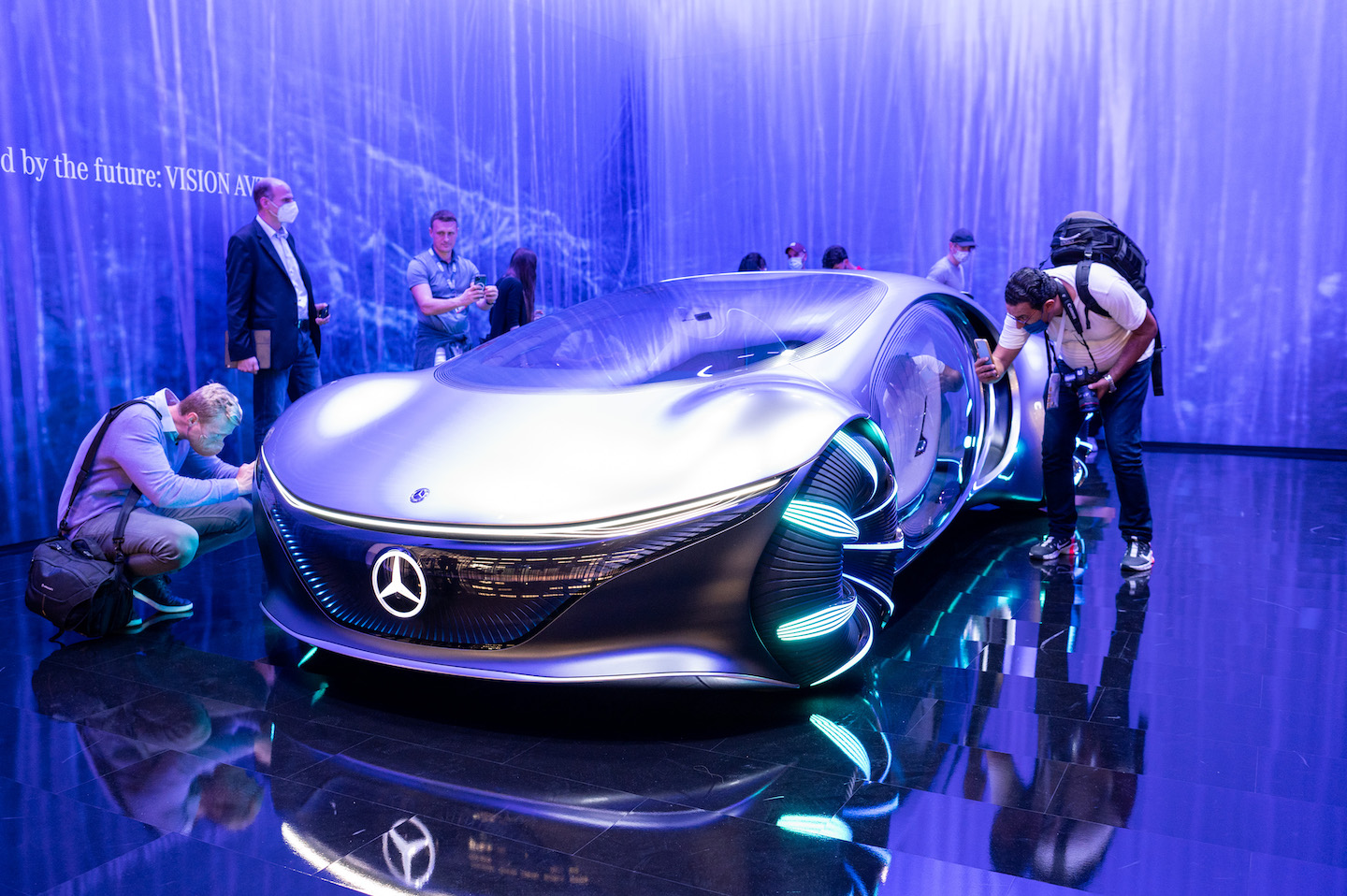
The Mercedes-Benz VISION AVTR concept vehicle gives an outlook on possible applications of brain-computer interface technology (All photos: IAA Mobility 2021)
The ongoing Internationale Automobil-Ausstellung (IAA) is notable for many reasons – not only is this the first major public event since the start of lockdown in Germany, this is also the first time it's being held in Munich after almost 70 years in Berlin. Rather than focus purely on cars, a new location has also resulted in a new positioning: The IAA is dedicated to mobility in general, which includes scooters and even bicycles. Indeed, the future of all-electric mobility and its role in tackling the climate crisis was a point German chancellor Angela Merkel raised during her opening remarks last Tuesday at the IAA.
eroffnungsveranstaltung-9784.jpg
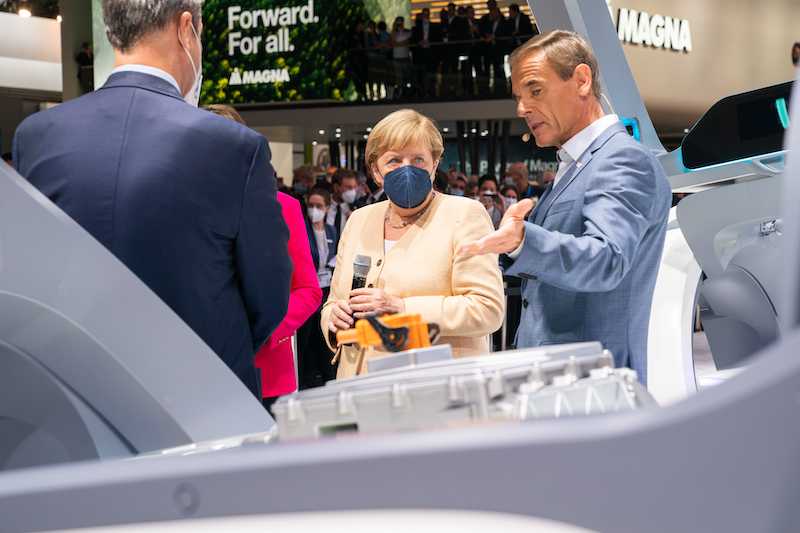
“The auto industry is not just part of the climate problem, but above everything else a central part of the solution," she said, at what would be her last speech as chancellor before she steps down later this month. She's convinced the transition to a climate-neutral economy by 2045 would be "a success" and touted her government's steps to support it by subsidising electric vehicles and the development of charging infrastructure.
The poor visitor numbers, environmental protests and no-shows from major exhibitors that dogged the last IAA is what led organisers to institute a number of key changes, starting with its location. It’s hardly debatable that Munich is a far more picturesque city than Frankfurt, and also allows for a clean start for the fair as it repositions itself. This being the first fair since the start of the pandemic, there are multiple safety protocols in place too – daily visitors are capped at 80,000 and attendees must show proof of vaccination, recovery or a recent negative result to enter.
impressionen-0042.jpg
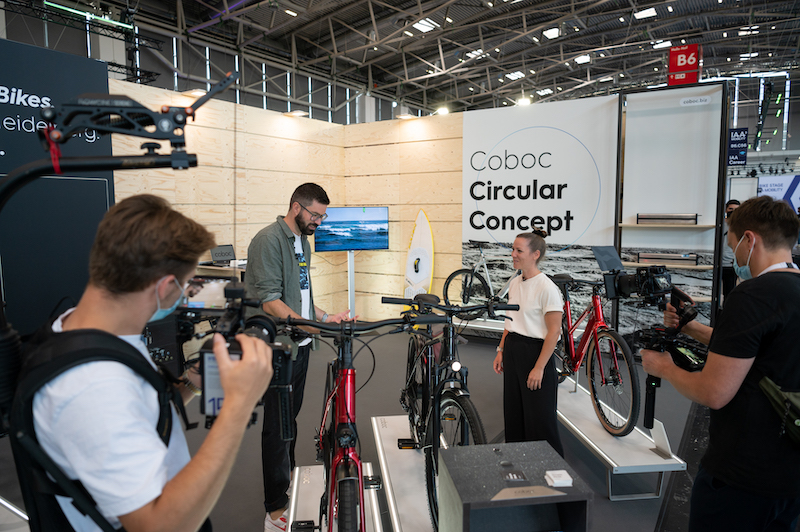
And oh, what joys there were to witness for those who did. There were fewer exhibitors that came to the fair when it was at Frankfurt, but what it lacked in carmakers the IAA made up for in other mobility providers: automotive suppliers, high-end bicycle brands and scooter manufacturers. In terms of traditional carmakers, most of the German brands were present, a few from across Europe and many from Asia, with an especially large contingent from China.
The cars remained the centre of our attention, though, with automotive companies going all out to reveal the fruit of their research and development in electric drivetrains and sustainable mobility. Here are five that we have our eye on.
Grandsphere
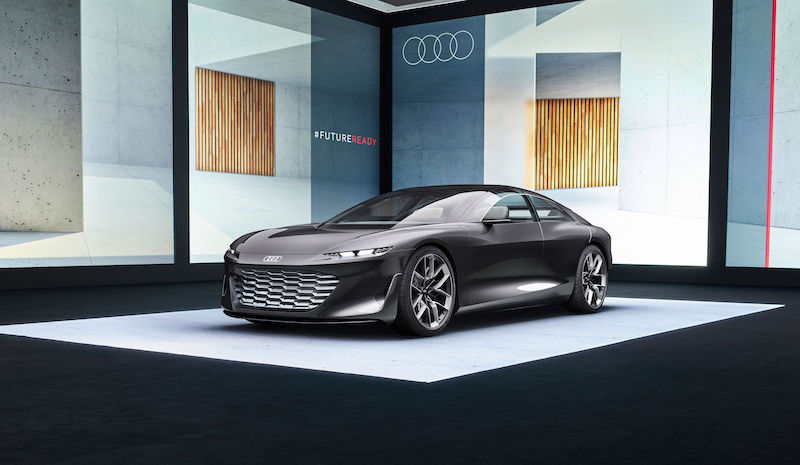
Audi’s all-electric concept car, the Grandsphere, features numerous technologies that will be found in future production models within a few years. Level 4 autonomous driving, for example, opens up a whole new world of freedom, with the steering wheel, pedals, and displays retracting out of sight. As a result, the interior transforms into a spacious lounge with an unobstructed view and access to all the features of its holistic digital ecosystem. The dashboard is flat with no buttons or touchscreen; instead, information is projected on the dash and an eye-tracker sees what information the driver is looking at.
i Vision Circular

With the i Vision Circular, the BMW Group is looking ahead to a compact car for the year 2040 that is focused squarely on sustainability and luxury. The four-seater is fully electrically powered and offers a generous amount of interior space within its around 4m-long footprint. It has also been designed according to circular economy principles across the board and therefore symbolises the Munich-based automaker’s ambitious plan to become the world’s most sustainable manufacturer in the individual premium mobility space. Circular refers to the circle of life for the components, which are 100% recyclable, even the solid-state battery. The body skin is unpainted aluminium with the BMW logo etched into the metal rather than a plastic badge glued on. To make recycling simpler, construction uses quick-release fasteners, cords and press studs instead of bonded or riveted components.
EQB
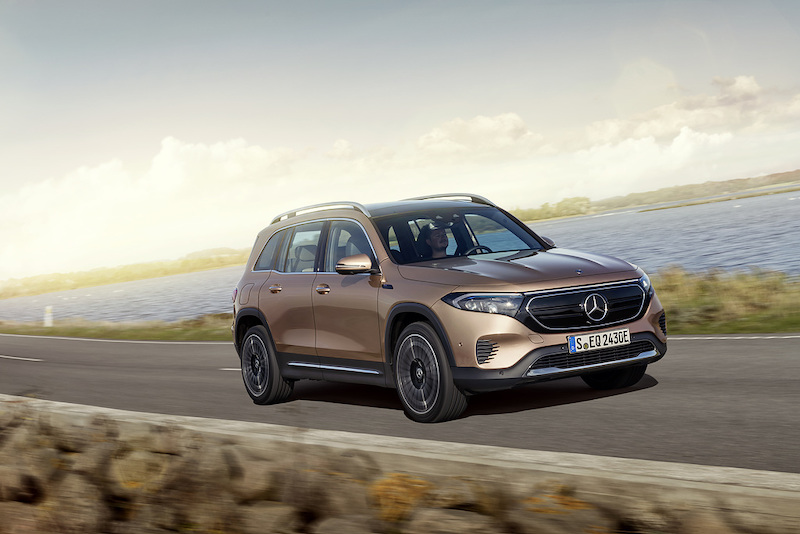
While not the sexiest of Mercedes-Benz’s new releases by any means nor their best-looking electric vehicle, the EQB – which is based on their seven-seater GLB line – is likely to be the first and most affordable of the marque’s EVs to reach consumers. This is family-friendly electromobility with emphasis on space, safety and sustainability – those ticks quite a few boxes already. That said, the EQB does interpret Mercedes-EQ's Progressive Luxury theme in an edgy and particularly characterful way. It features the characteristic Mercedes-EQ black panel grille with central star, while a further distinctive design feature of the all-electric world of the star of Stuttgart’s electric vehicles is the continuous light strip at the front and rear.
Mission R Concept
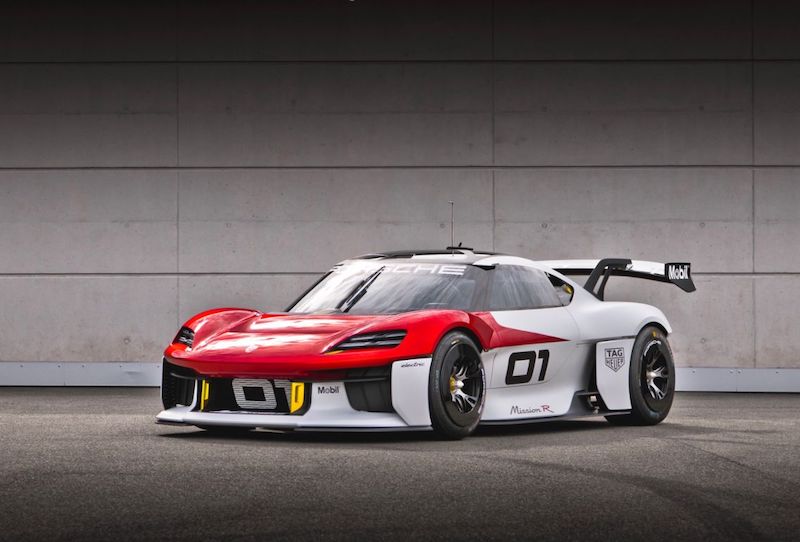
For the Porsche enthusiast who is a racer and also pro-planet, the Mission R concept car combines state-of-the-art technologies and sustainable materials, such as natural fibre-reinforced plastics, with a passion for speed and performance. In addition to a progressive design, the extremely low-slung, all-electric competition car features a body focused on CO2 reduction and sustainability: it is largely made of natural fibre reinforced plastic (NFRP), the basic material of which is made from flax fibres obtained from farming. This ecological material is also used for the front spoiler lip, the diffuser and the side skirts. NFRP is used extensively in the interior of the Mission R, such as the interior door panels, the rear bulkhead and the seat.
ID. Life concept crossover

Volkswagen is once again speeding up the transformation to electric mobility with its Accelerate strategy, making sustainable mobility accessible to even more people by 2025 – a whole two years earlier than originally planned. The all-electric compact crossover based on the ID. Life concept designed for the urban environment is centred around people and communal experiences. The concept car combines sustainability and digitalisation with extremely flexible usage: the ID. Life can become a mini cinema or a gaming centre, for instance, or simply be used for relaxing in the open air. Wood chips and a bio-based hardener form the clear coat for the bodywork, the air chamber textile for the roof and front cover is made from 100% recycled PET bottles, while bio-oil, natural rubber and rice husks are just some of the materials that serve as a basis for the tyres on the ID. Life.
For more info on concept vehicles and news from the IAA, see here.


